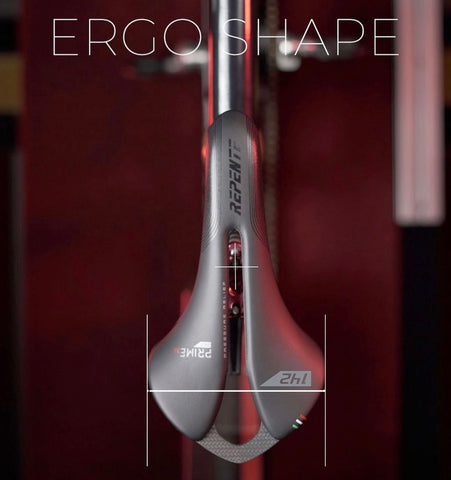How to Choose the Right Saddle: A Comprehensive Guide

Choosing the right saddle is crucial for both comfort and performance, whether you’re a casual rider or a professional equestrian. This guide will walk you through the essential factors to consider, helping you make an informed decision.
Understanding Saddle Types
| Saddle Type | Best For | Key Features |
|---|---|---|
| English Saddle | Dressage, jumping, eventing | Lightweight, close contact with horse |
| Western Saddle | Trail riding, ranch work | Heavier, designed for comfort and security |
| Endurance Saddle | Long-distance riding | Lightweight, extra padding for comfort |
| Treeless Saddle | Flexible fit, close feel | No rigid tree, adapts to horse’s shape |
Factors to Consider When Choosing a Saddle
1. Purpose and Riding Style
- Identify your primary riding activity (e.g., trail riding, competition, casual riding).
- Different saddles cater to different disciplines and terrains.
2. Fit for Horse and Rider
- Ensure the saddle fits your horse’s back shape and size to prevent discomfort or injury.
- Consider your own body type and riding posture.
3. Saddle Material
- Leather: Durable, traditional, requires maintenance.
- Synthetic: Lightweight, low maintenance, often more affordable.
4. Budget
- Set a realistic budget balancing quality and cost.
- Remember that investing in a good saddle can save money on vet bills and improve riding experience.
5. Trial and Adjustment
- Whenever possible, test ride saddles.
- Work with a professional saddle fitter for adjustments.
Additional Tips
- Check the saddle’s weight and balance.
- Look for quality craftsmanship and warranty.
- Consider the saddle’s resale value.
Frequently Asked Questions (FAQ)
Q1: How do I know if a saddle fits my horse?
A: Look for even contact along the horse’s back, no pressure points, and freedom of movement.
Q2: Can I use the same saddle for different horses?
A: It depends on the saddle type and the horses’ back shapes; adjustable or treeless saddles offer more versatility.
Q3: How often should I have my saddle checked?
A: Regularly, ideally every 6-12 months, or if you notice discomfort in your horse.
Q4: What is the difference between an English and Western saddle?
A: English saddles are lighter and designed for close contact, while Western saddles prioritize comfort and security for long rides.
Choosing the right saddle involves understanding your needs, your horse’s anatomy, and the saddle’s features. With the right information, you can enhance your riding experience and ensure comfort for both you and your horse.
